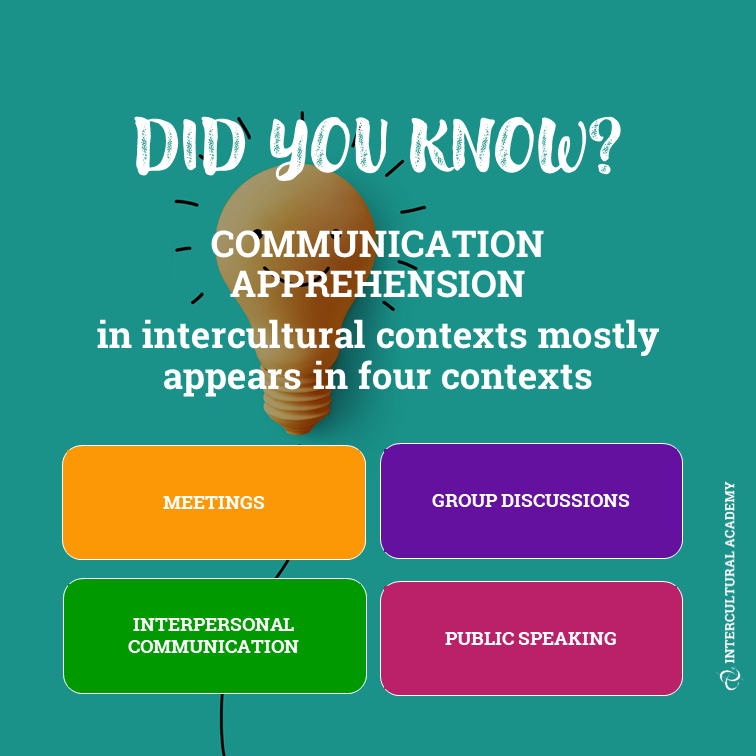Reading Time: 5 minutes
Welcome back to the third part of our blog series.
In our second blog, we left you with the steps you can take to become an interculturally mature person.
In this edition, we introduce a few concepts from the intercultural theory that will help you understand how intercultural training works and what pitfalls to avoid when looking for a training provider.
What do people think of when asked to define ‘culture’?
The image or model most widely used in intercultural training, you may have seen it before on social media posts, to visualize culture is the iceberg. However, the image of an iceberg, with a visible tip and an invisible foot is somewhat problematic, as the metaphor implies that culture is an actual thing. In reality, culture is a process, a consensus that is the result of people living in a society and agreeing on certain values, beliefs, sharing of language, traditions, and so on.

There are many attempts to define culture, it is a popular exercise during training sessions to ask learners, “What does culture mean for you?” As a practical way to make this abstract concept visible, the iceberg model is useful. It works as a metaphor but should not be taken as a definition or used in isolation to describe culture.
Can we take a deeper dive into the concept of ‘culture’?
Sure we can! In intercultural research, there is no generally agreed upon definition but there are myriad attempts to come to terms with the concept, this might explain why the pioneers of intercultural research and training came up with simple models that allowed people to classify different
From this approach, a popular “definition” came about, which postulated that culture is a set of shared characteristics and knowledge of groups of people consisting of language, religion, cuisine, music, arts
Why do we even have to define culture then?
Well, reflecting on the term helps you to understand yourself as a cultural being in the first place. It helps you to know where your values, opinions, preferences, ideas, ways of working and making social connections etc. come from.
We will now look at how defining culture has been done in the past and look at a better way of doing this for the future., a way that actually fosters one’s growth into becoming an interculturally mature individual.
What are the more popular ways of looking at ‘culture’?
Currently, the intercultural profession is split between two major schools of thought. One takes a macro-analytical approach while the other takes a micro-analytical approach. The former is promoted by Geert Hofstede’s Model of Cultural

Which is the best approach to choose out of these two?
Neither is the answer. The macro-analytical approach although deceptively easy to use in training sessions because it provides such an overview and with
The second, micro-analytical approach is not as straightforward to understand. It uses critical incidents, mini-case studies or situational stories that have a problem which requires solving through multiple choice type quizzes, where you have the correct answer, a partially correct answer
Below we provide you with lists of dangers of the two approaches:

Macro...
- Cultures are not confined by national (political) boundaries
- Attributing values to a (national) culture is judgmental
- Abstract values are unsuitable to account for the
behaviour of an individual - Abstract values do not give any information about the everyday
behaviour of individuals who live in a culture - Abstract values do not give any information about intercultural encounters
- The identification and definition of dimensions are attributed to
a culture from the outside and strengthen ethnocentric points of view - The understanding of culture is based on a false assumption: cultures are not containers, but products of societies and sub-groups of societies
- Dimensions of culture are descriptive in nature and offer no explanation
- Dimensions of culture prescribe the description of
a culture and hold no psychological reality because culture becomes virtual - The data used by Hofstede stems from 1968 and 1972 and is related to country-specific characteristics of the respective IBM culture
- Cultural change processes that took place in the past 40-50 years have not been taken into account and have led to false assumptions that cause misunderstandings and errors when it comes to many Asian cultures.

Micro…
- Intercultural encounters have a right and a wrong way of communicating
- Intercultural communication is always critical and prone to failure
- The learning process is very complex and difficult because there is always the risk of intercultural blunders
- The approaches foster an ethnocentric view because cultures are constantly compared against each other
- There are right and wrong ways of doing things and there are consequences if communication goes wrong
- Fine-grained approaches make learning difficult because they are also reductive when used in training
- There is no acquisition of cognitive,
affective , andbehavioural flexibility because the thinking is steered into a ‘me versus the others’ direction
The lists above are non-exhaustive and should, we hope, provide you with food for thought rather than absolute truth.
How can culture be better defined?
The answer we propose is that culture is the cognitive system which enables us to generate much of our
Where we have seen that trying to define culture can be problematic and not such a straightforward task, the key thing to understand is that the first step towards progression starts with the individual. There needs to be a move towards the development of self-awareness.
To further illustrate this, there was a study on the effect of perspective-taking, which is so often propagated in intercultural training, carried out amongst 2, 734 participants by
Certainly, our recommendation and the most effective way to prepare for accepting alternative viewpoints comes back around to self-awareness.
This is your baseline. When you understand your own preferences, attitudes
To discover more about how to take the next steps towards your own intercultural maturity contact either Alex
If you would like to find out more about what we are doing at Bilingual Solutions and WorldWork then get in touch with us at:
a.jandausch@bilingualsolutions.nl or abby@worldwork.global
Credit Images:
- Photo By Amrita Ghanty On Unsplash
- Photo by Derek Oyen on Unsplash
- Photo by Stephane Yaich on Unsplash






Recent Comments